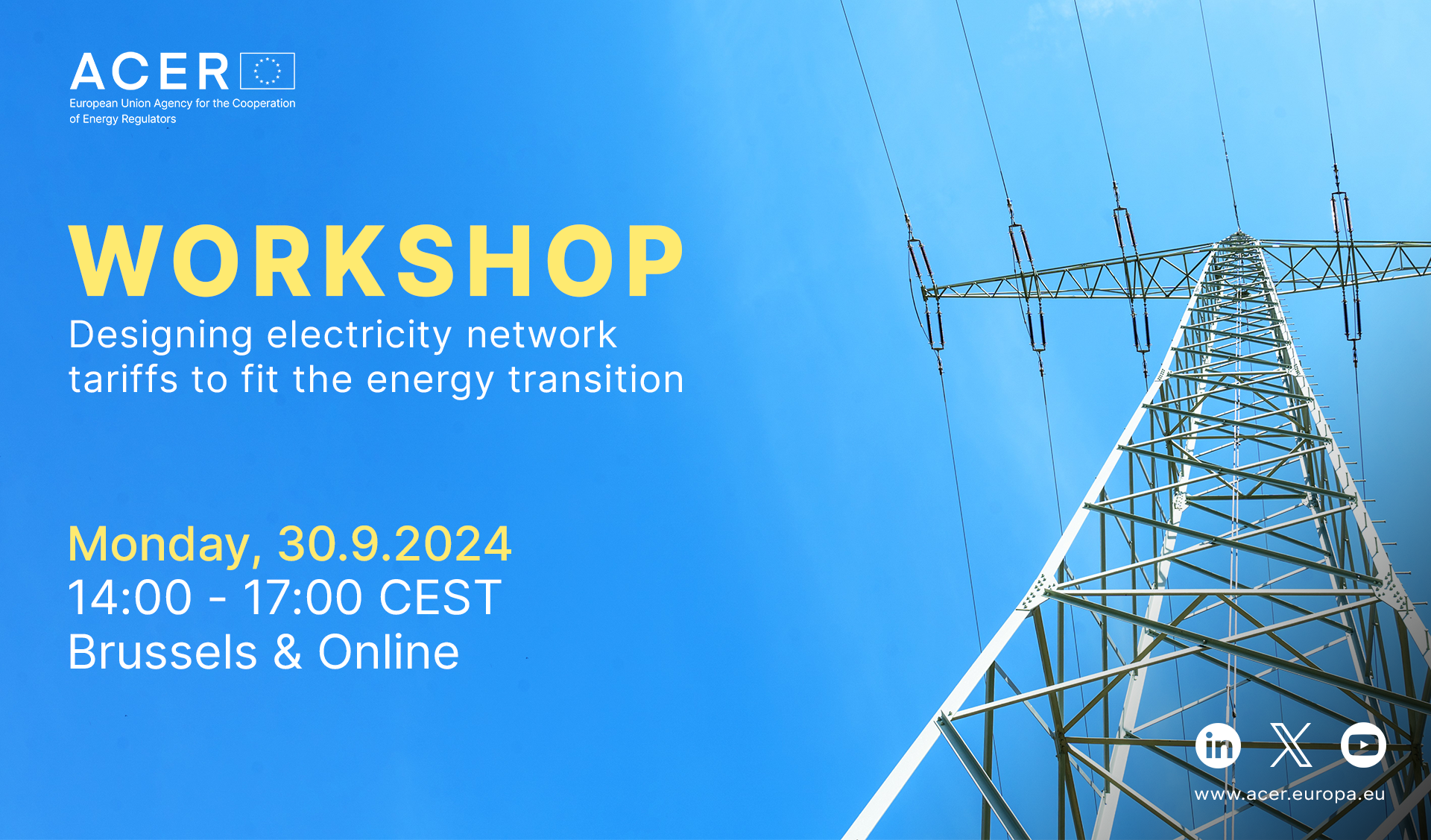ACER workshop: designing electricity network tariffs to fit the energy transition

15th AB meeting: background documents
15th AB meeting: background documents
14th AB meeting: background documents
14th AB meeting: background documents
13th AB meeting: background documents
13th AB meeting: background documents
12th AB meeting: background documents
12th AB meeting: background documents
ACER’s latest REMIT Quarterly is out

ACER’s latest REMIT Quarterly is out
What is it about?
REMIT (Regulation on Wholesale Energy Market Integrity and Transparency) provides an EU framework for the transparency and integrity of energy markets and aims to deter market participants from manipulating the market. It plays an important role in protecting the interests of companies and consumers and ensuring trust in energy markets. The Regulation was revised this year to ensure it keeps pace with evolving market dynamics.
What is in the latest REMIT Quarterly?
The REMIT Quarterly is ACER’s main channel of communication with stakeholders on REMIT-related matters, providing updates on ACER’s REMIT activities.
The 37th edition covers the second quarter of 2024 and features:
- Key takeaways from the ACER and European Commission joint workshop on REMIT II implementation, held on 11 June 2024.
- Further details on ACER’s public consultation on new data reporting requirements of the REMIT Implementing Regulation’s Annex, running until 6 September 2024. Have your say here.
- The announcement of a joint roundtable meeting on proposals for REMIT II delegated acts for Registered Reporting Mechanisms (RRMs) and Inside Information Platforms (IIPs), scheduled for 17 and 18 September 2024.
- Updated overview of the sanction decisions under REMIT for 2024, with 345 cases under review at the end of the second quarter.
- Statistics for RRMs’ contingency reports.
- Overview of trading on organised market places in the second quarter of 2024.
- Other REMIT updates.
Revised REMIT brings new obligations for market participants: ACER addresses algorithmic trading notifications

Revised REMIT brings new obligations for market participants: ACER addresses algorithmic trading notifications
What is it about?
The Regulation on Wholesale Energy Market Integrity and Transparency (REMIT) aims to prevent and protect consumers and businesses against market abuse in the European electricity and gas markets. The rules were revised in May 2024 to ensure they keep pace with evolving market dynamics.
In April 2024, ACER addressed several questions from stakeholders to help them comply with their reporting obligations under the revised REMIT, before it entered into force.
As a follow up, ACER now clarifies (in an open letter) the obligations for market participants to notify national regulatory authorities and ACER on their usage of algorithmic trading and direct electronic access.
What is algorithmic trading?
Algorithmic trading involves using computer algorithms to automate trades at high speeds, while direct electronic access allows persons to trade directly on organised market places using another entity’s trading code or infrastructure.
Why is the open letter relevant?
Today’s open letter provides examples of activities that fall under the new notification obligations for algorithmic trading, helping market participants comply with the revised REMIT (Article 5a).
These notifications will reinforce regulatory oversight, ensure market transparency, and help manage risks associated with advanced trading methods.
ACER invites market participants to review both open letters and ensure they meet the new obligations.
What are the next steps?
In September 2024, ACER intends to publish an open letter to clarify the obligations detailed in Article 9 (1), which require that non-EU market participants must designate their representative in the EU, as well as the obligations for persons professionally arranging or executing transactions (Article 15).
By the end of 2024, ACER aims to revise the existing ACER Guidance on the application of REMIT to incorporate the changes introduced by the revised REMIT.
